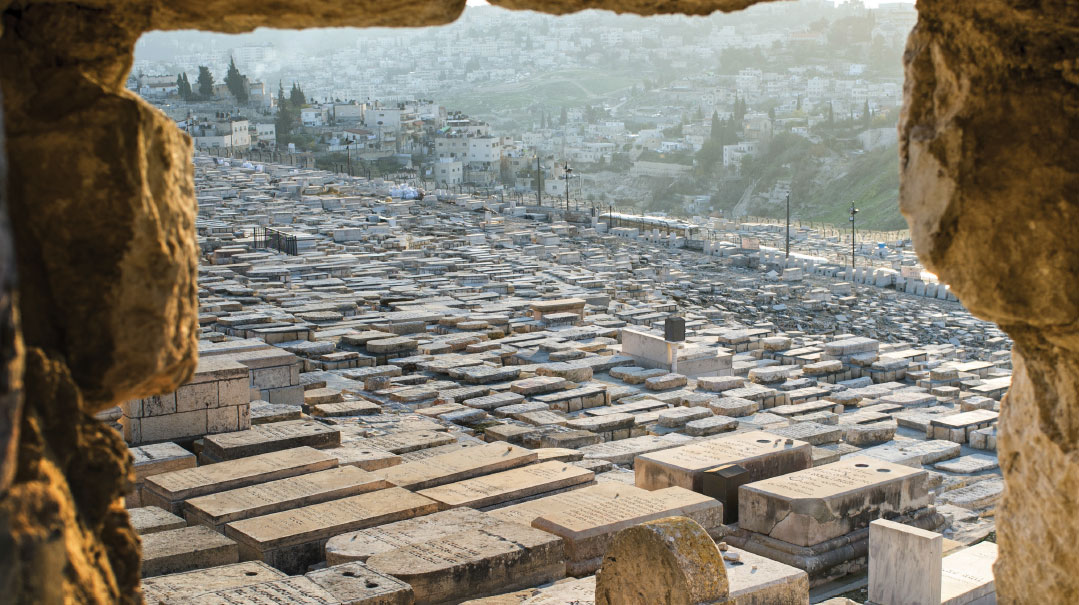Secrets to the Grave

Har Hazeisim's forgotten graves have been given new life

For Likud MK Gideon Saar, the phone call couldn’t have come at a better time. He’d just been trounced by Bibi Netanyahu in an internal election for the Likud party leadership, and was still licking his wounds, when on the line was someone from the Har Hazeisim Information Center. At first, Saar thought it was another telemarketer trying to raise money and he was about to hang up, but then the caller quickly explained, “We have some interesting information for you, sir. We’ve discovered two graves, members of the Tzofayof family, who came to Israel from Samarkand.” That was the best news he’d heard all week. “I don’t believe it!” he practically shouted. “You’ve actually found my grandparents!”
The former education and interior minister always knew that his mother’s parents, who immigrated from Uzbekistan, were buried somewhere on Har Hazeisim — but where exactly was anyone’s guess. Because of the close to 150,000 graves dug on Har Hazeisim over the centuries, about a third of them were ransacked during the Jordanian rule over the area in the 19 years between 1948 and 1967. And while the remains of some can be salvaged, others have been literally relegated to the dust of history.
The Jordanians systematically covered thousands of graves, destroyed tombstones, built the Intercontinental Hotel (now the Seven Arches Hotel) and other infrastructure projects on the top of the mountain, paved a road through the ancient cemetery, and used it as a dump.
But several years ago, some volunteer staffers of the Har Hazeisim Information Center took up a mission: to scour the mountain, dig up the rubble, initiate proper excavation measures, and try to piece together as much information as possible — through old municipal records, maps, pieces of tombstones, and family tradition — in order to locate and tag all those forgotten graves. And they sent out a call: Provide them with whatever information you have, and they’ll try to find the burial spot of your ancestor. Four years ago, Gideon Saar reached out, although he didn’t really expect anything to come of his request. He underestimated the persistence and stamina of the team.
Oops! We could not locate your form.







